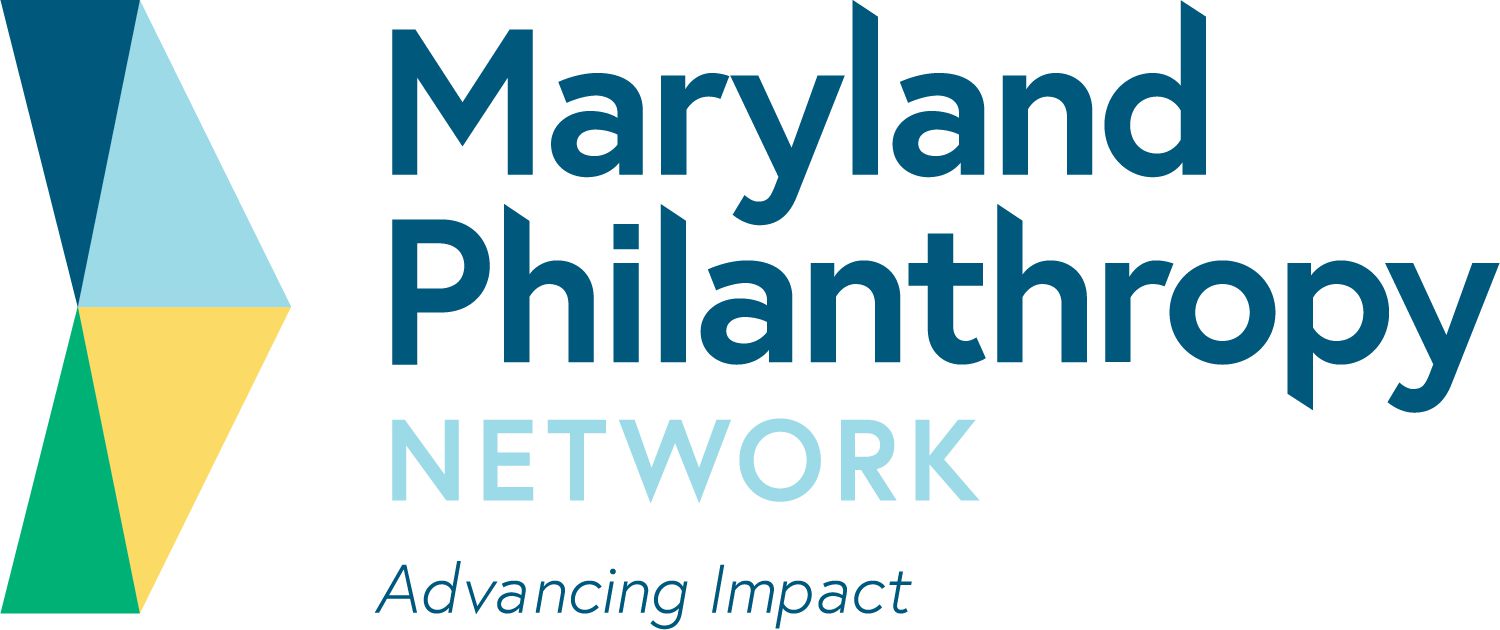Join us for an update on Baltimore City Schools facilities. Learn more about infrastructure problems that exist, the funding mechanisms that exacerbate the problem and the steps City Schools is taking to proactively address facility challenges and buildings with alternative financing mechanisms.
The philanthropic sector is an ecosystem: a web of interdependent actors, infinitely variable, striving constantly to build something greater than the sum of its parts. Philanthropy is also getting organized and reorganized. Funding collaboratives, unionized labor, new governance structures — individual actors are making moves, coming together to cause change on a broader scale. As ideas and methods gain attention, they introduce yet more dynamism to the environment. Today, we see this push-pull at work. In 2023 and beyond, we’ll see how it plays out. Check out the Dorothy A. Johnson Center for Philanthropy's 11 Trends in Philanthropy for 2023 Report to help you anticipate and embrace what’s next.
Over eight years of producing 11 Trends in Philanthropy, the Dorothy A. Johnson Center for Philanthropy team has combed the landscape of nonprofits and foundations for the most visible signs of a trend — the increased grant dollars, the emerging networks, familiar voices speaking up. This year’s trends share a familiar wealth of examples, data, quotes, and research publications that can help us all anticipate the vectors of change. But at the core of 11 Trends in Philanthropy for 2024, readers will find a set of questions rather than answers. Check out the report for yourself to see what questiosn the field will wrestle with in 2024.
Fracking Case Studies- Communities Mobilizing to Protect Health & Water: Amy Panek of the Park Foundation in New York and Phil Johnson of the Heinz Endowments in Pennsylvania will join us by Skype to share their reflections on how the shale ga
"Adopting Community-Centric Fundraising: Findings from a National Study" examines the adoption of Community-Centric Fundraising (CCF) practices across U.S. nonprofit organizations.
How can we build a better and more equitable health care system? Join the Robert Wood Johnson Foundation (RWJF), Maryland Philanthropy Network’s Health Funders and Public Policy Committee, and leading advocates working to advance health equity in Maryland as we discuss state and local initiatives to expand health care coverage, improve health care quality, address disparities in health outcomes, and make prescription drugs more affordable.
This new national research report from the Dorothy A. Johnson Center for Philanthropy, Colmena-Consulting, and Philanthropy Together explores the transformative impact of collective giving on philanthropy. The report underscores collective giving groups’ role in reshaping philanthropic practices, fostering social connections, and amplifying the voices of marginalized communities.
In a December, 2009 Maryland Philanthropy Network program, the Nation
When the power goes out, where do city residents go to refrigerate medications or charge a cell phone? If school is closed for a heat wave, where do city children get their meals? At the Door in East Baltimore, battery storage is being added to
Join Senator Chris Van Hollen for a discussion on issues affecting nonprofit organizations and our communities. This convening will be focused on bridging the gap between the nonprofit sector and federal policymakers.
Across our field, in politics, in business, and in our communities, Americans are questioning the very nature of philanthropy and probing its core value.
Elisabeth Hyleck, Director of Programs and Partnerships for Maryland Philanthropy Network, was selected to participate in the Council of Foundations Career Pathways Program in 2022.
In late 2020, there was much talk about how the world of philanthropy was being upended by the confluence of historic events, namely COVID-19 and the Black Lives Matter movement in the U.S. Based on research commissioned by Spring Strategies in January 2022, this article from Dorothy A. Johnson Center for Philanthropy identifies four emerging phenomena that resulted from what have been recognized as the dual crises of unaddressed systemic racism and a global pandemic.
The ninth annual report on trends in philanthropy from the Dorothy A. Johnson Center for Philanthropy aims to help fundraisers, grantmakers, donors, consultants, and more anticipate and prepare for what's next in our field. Five years since the COVID-19 pandemic reshaped our daily lives and presented us with challenges unlike any we’d faced before. Half a decade later, we’re left to reflect on how much has truly changed — and what remains the same.
Mayor Pugh formed the Safe Art Space Task Force in late December, 2016 after the tragic fire at the Ghost Ship artist collective in Oakland, California and closure of the Bell Foundry in Baltimore’s Station North Arts and Entertai
We are in a moment where the nation’s racial discourse is more complex and ever-present than most have experienced before.
Please join us for a conversation with Dr. Debra L. McCurdy, the new President of Baltimore City Community College. Dr.
The Maryland Community College Promise Scholarship Program became available to applicants beginning with the 2019-2020 academic year.
 Social isolation is not a personal choice or individual problem, bu
Social isolation is not a personal choice or individual problem, bu

